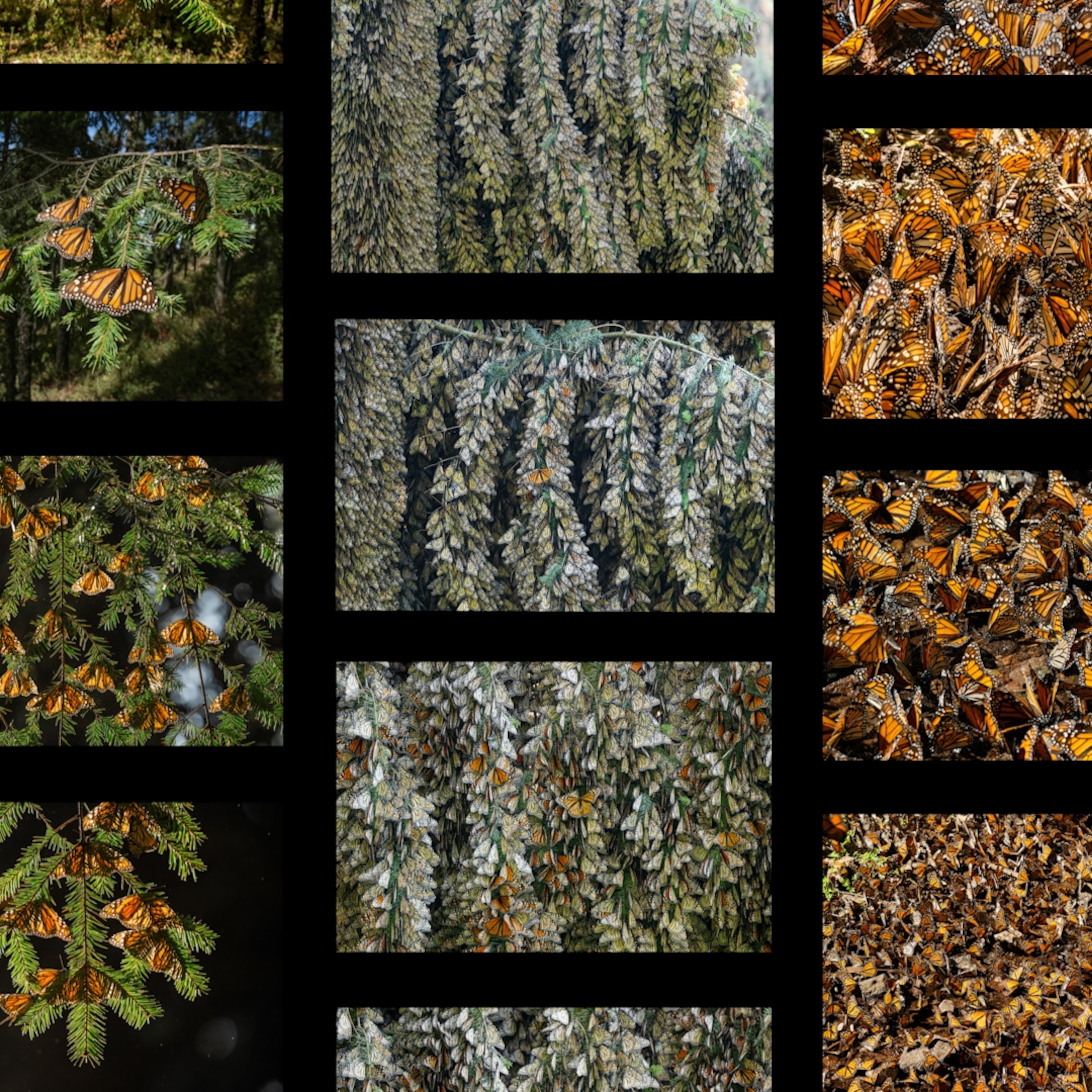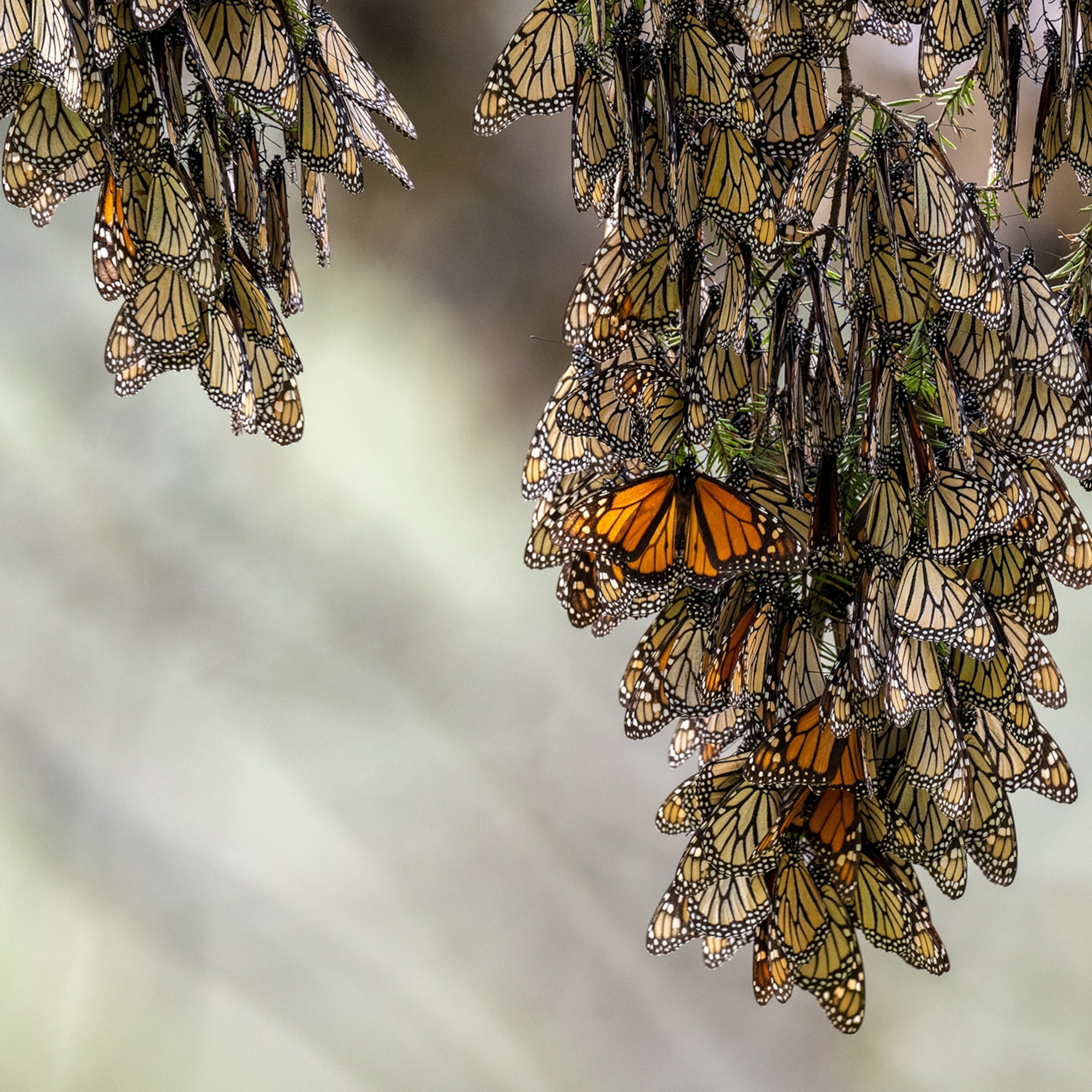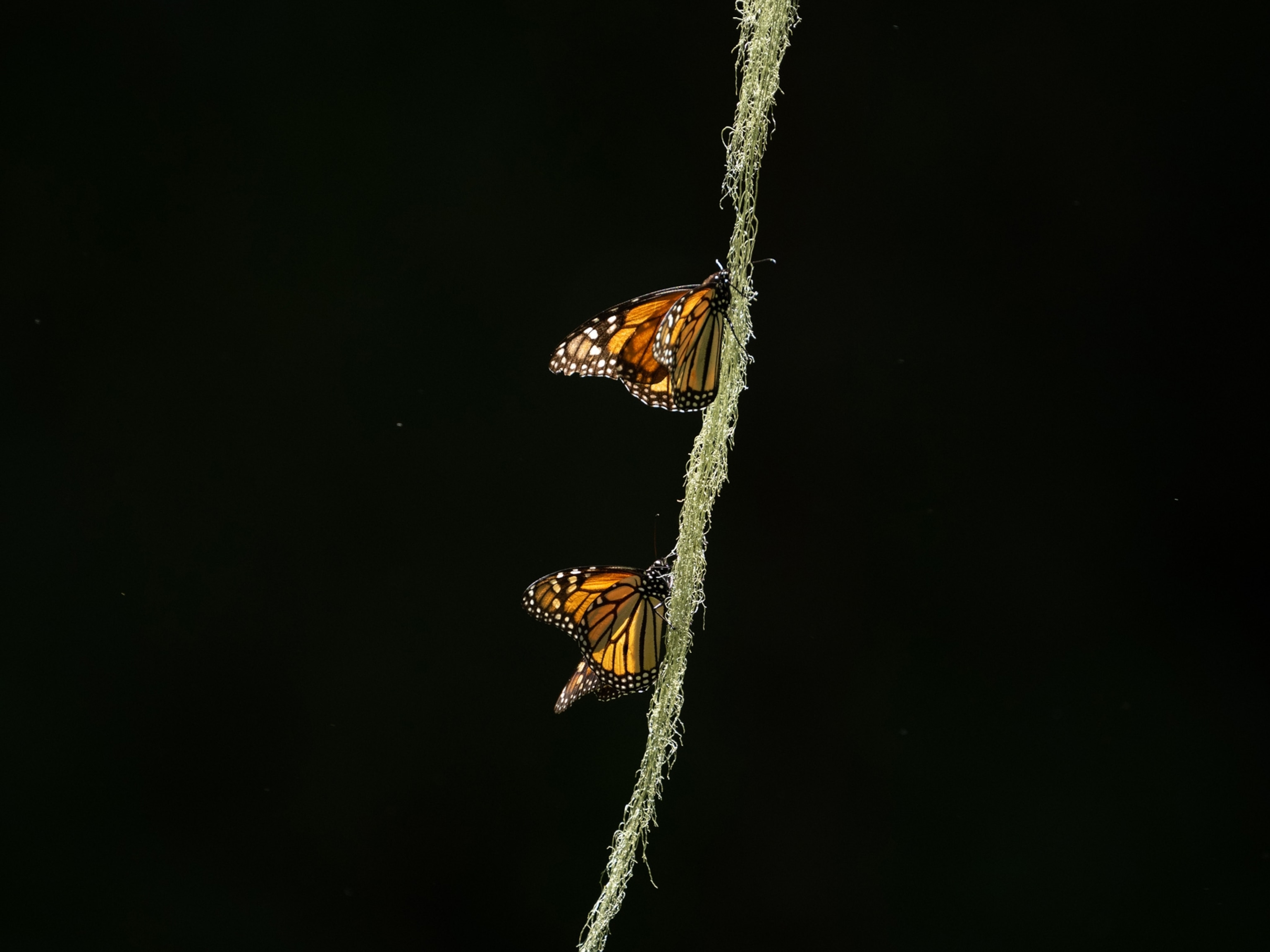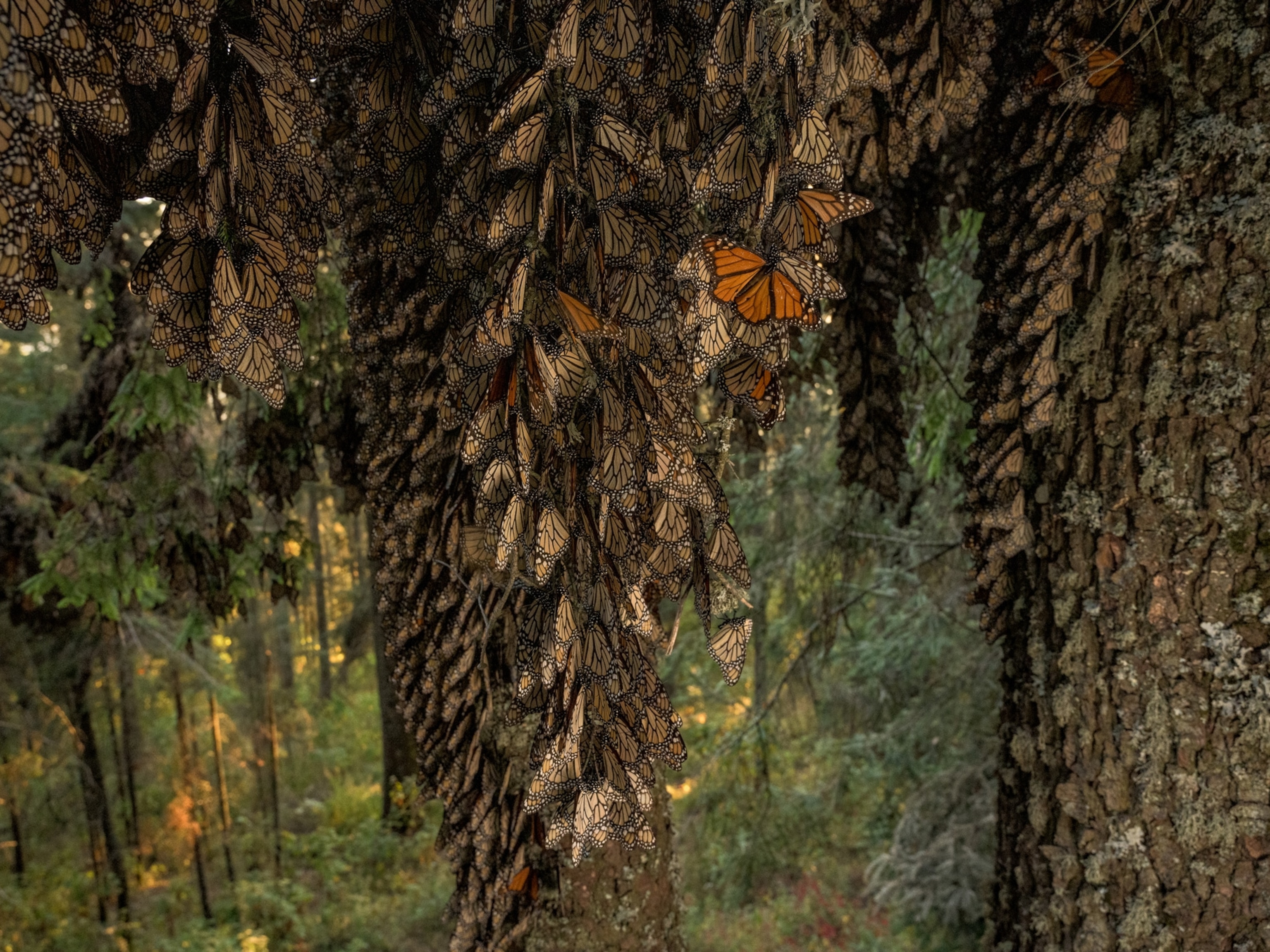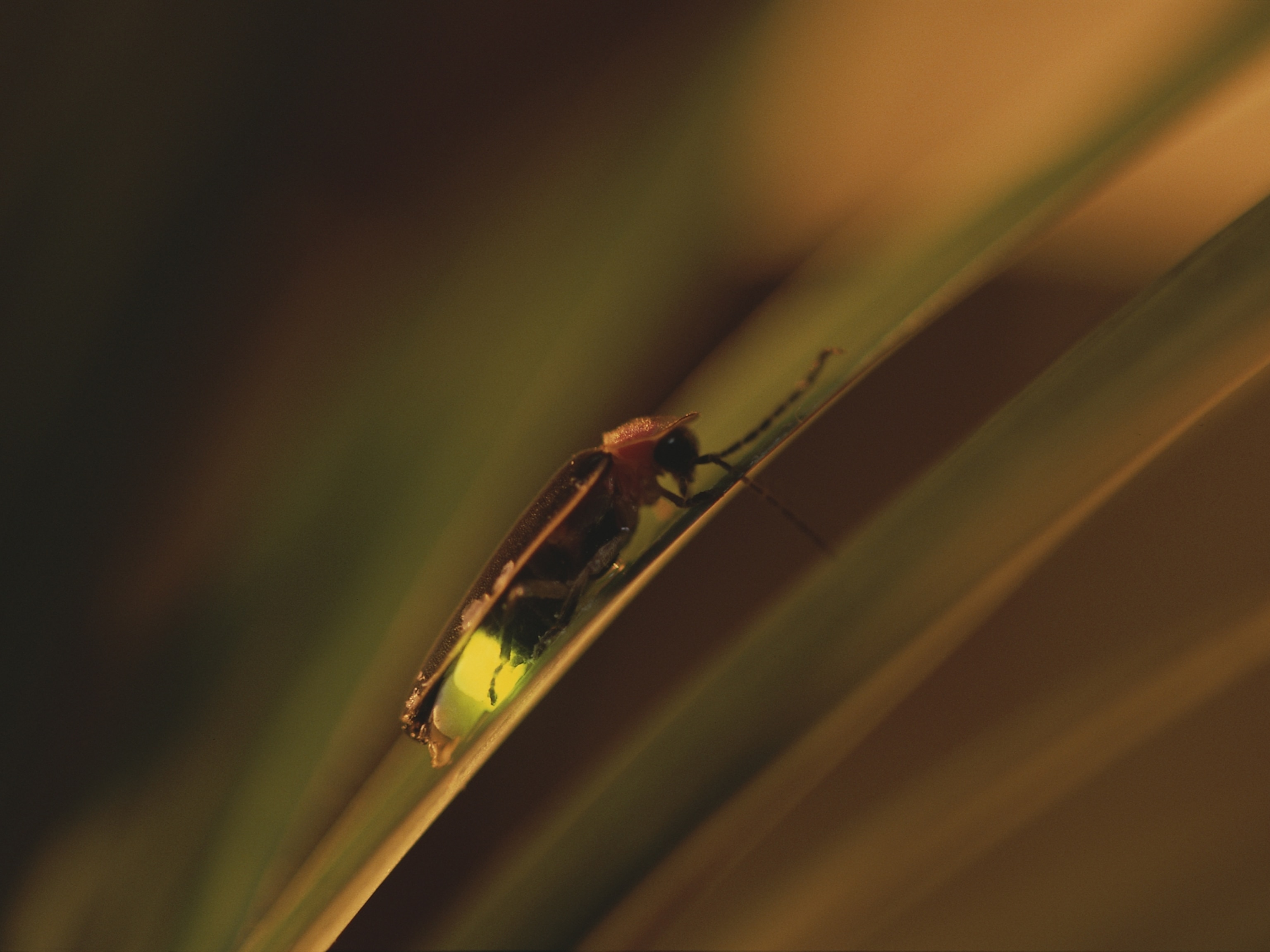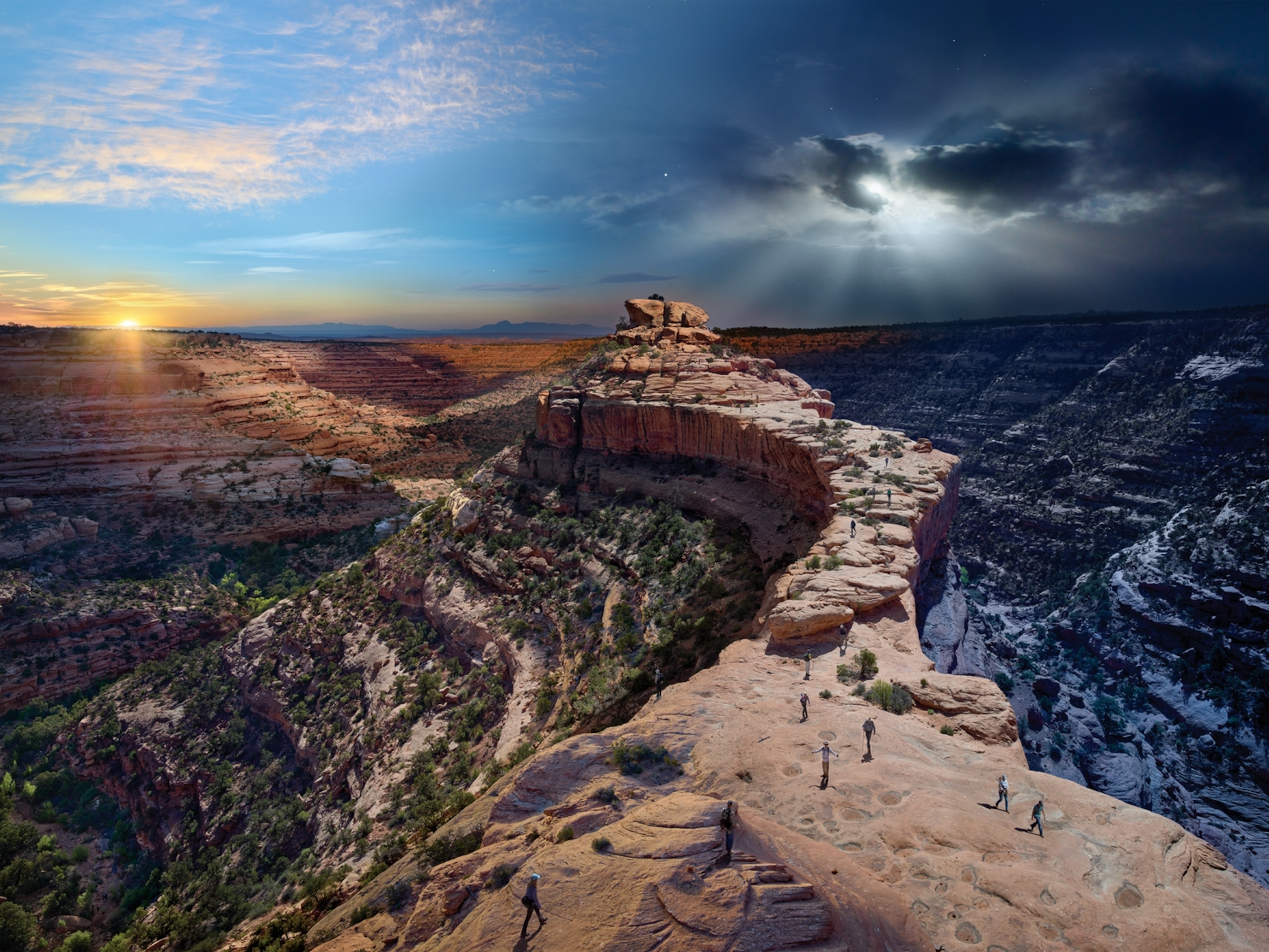
Anyone can help monarch butterflies. All you need is a yard.
If you’re interested in creating habitat for monarchs, it's really simple: Just focus on providing their two basic needs.
For Ginny Nelson, it started with an iris bud. “That’s my earliest memory,” she says, recalling her childhood fascination as she watched the deep purple flower bloom in a tabletop vase. Now retired from a career in nursing, Nelson has gradually transformed her quarter-acre Madison, Wisconsin yard into a cornucopia of native plants that provides breeding habitat and food sources for monarchs and other insects.
“The butterflies have always been here,” she said as she watches a monarch circle the flaming orange blossoms of a type of milkweed called, appropriately, butterfly weed. “I just didn’t know it.”
(Monarchs are actually toxic—and 5 other ways the butterflies unsettle and amaze us.)
Nelson is one of tens of thousands of gardeners, butterfly enthusiasts, and ordinary residents who are turning their outdoor spaces into habitat. In the United States, lawns and other “residential landscapes” cover about 135 million acres, adding up to an area far larger than that managed by the National Park Service. While residential land is fragmented by roads, fences, and countless other structures, many insects, birds, and other mobile species can travel between yards. By adding to a growing network of habitat, advocates say, every new stand of native plants makes a tangible contribution to conservation.
“This is a grassroots approach,” says author and entomologist Doug Tallamy, co-founder of the organization Homegrown National Park. “You don’t need anyone’s permission to do it, and you get to enjoy the results.”
Helping with habitat
If you’re interested in creating habitat for monarchs, says Tallamy, focus on providing their two basic needs: a place to breed and a place to fuel up for the long fall migration. Milkweed, which provides excellent breeding habitat, is easy to grow—in fact, Tallamy says that novice gardeners often overwater it, forgetting that it thrives in adverse conditions. If you rent your home or have limited outdoor space, consider container gardens.
(Follow the monarch on its dangerous 3,000-mile journey across the continent.)
Plant the milkweed species best suited to your climate; common milkweed (Asclepias syriaca), swamp milkweed (Asclepias incarnata), and butterfly weed (Asclepias tuberosa) are popular choices in many regions. Monarch researchers advise against planting tropical milkweed (Asclepias curassavica), especially in warm climates, because its abundant, year-round flowers may delay or even interrupt migration.
To provide calories for migration, choose native perennials that will produce blooms, and nectar, at different times throughout the growing season, ensuring a steady food supply. In Nelson’s yard, the first plants to bloom are usually American pasqueflowers (Anemone patens), which produce delicate lavender cups in April or May. In June, blooming stalks of common milkweed and butterfly weed jostle with the stacked purple florets of the prairie clover (Dalea purpurea), and in July and August, the garden is dotted with butter-yellow pinwheels of prairie coneflower (Ratibida columnifera).
Nelson advises backyard restorationists to start slowly. More than 30 years ago, when she was still working full time, she established a single eight-foot-square bed of native plants. After her Sunday shifts at the hospital, she and her husband Bill would often visit the nearby University of Wisconsin Arboretum, home to the oldest prairie restoration project in North America. As they walked through the grounds, she would take note of a flower or two she especially liked, later finding out its name and whether it would grow in her yard. Year by year, she got rid of more lawn and evergreen hedges to make room for native species, and over time her homegrown prairie expanded to cover nearly the entire property.
Nelson isn’t a purist: She grows a few of the daylilies and peonies, both of which she remembers fondly from her childhood in rural Wisconsin. She’s planted so many native perennials, however, that she hasn’t had to water the garden in 12 years, and she rarely has to weed. On summer evenings, she and Bill might set out folding chairs in their driveway, just to enjoy the blooms and their buzzing, chirping visitors.
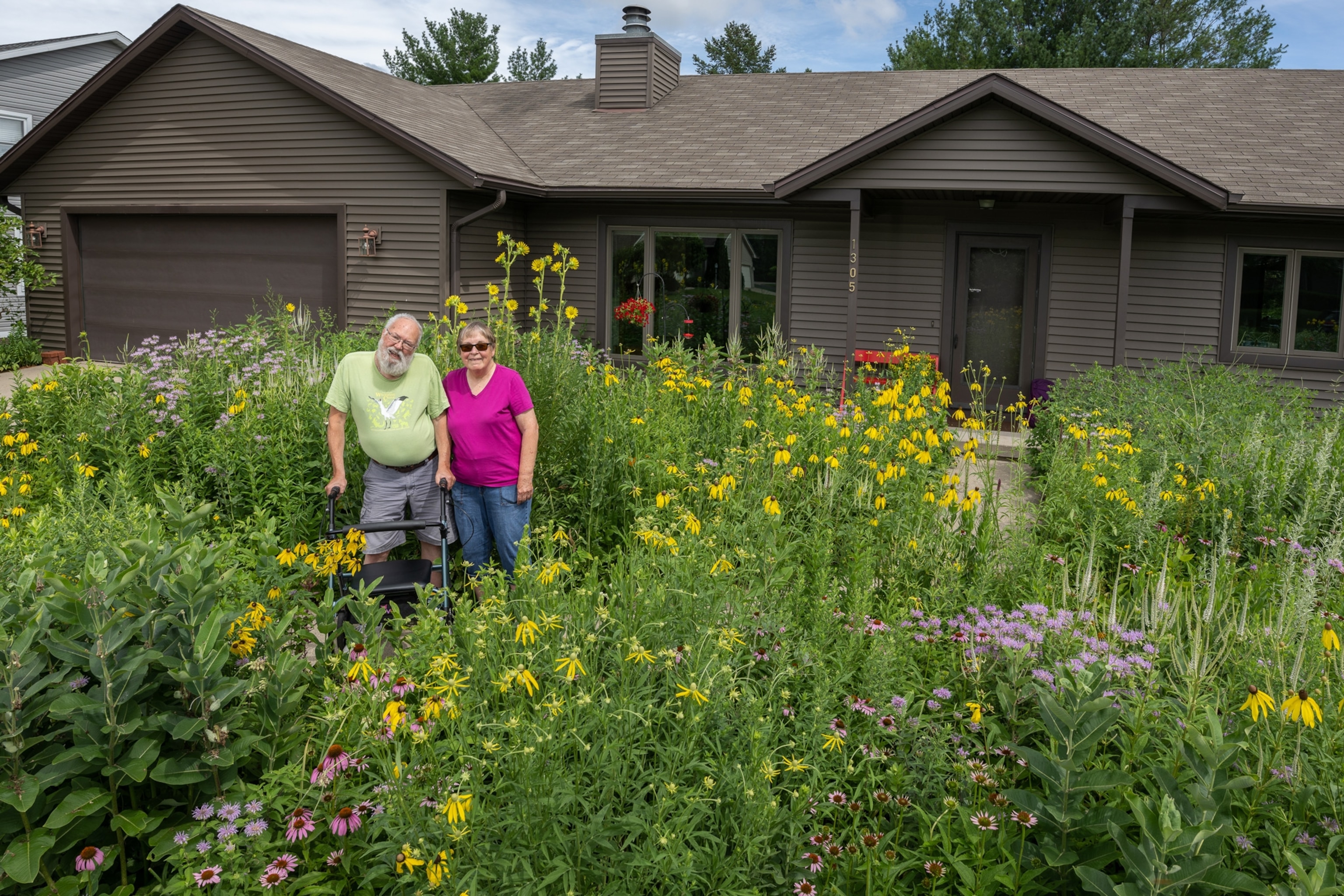
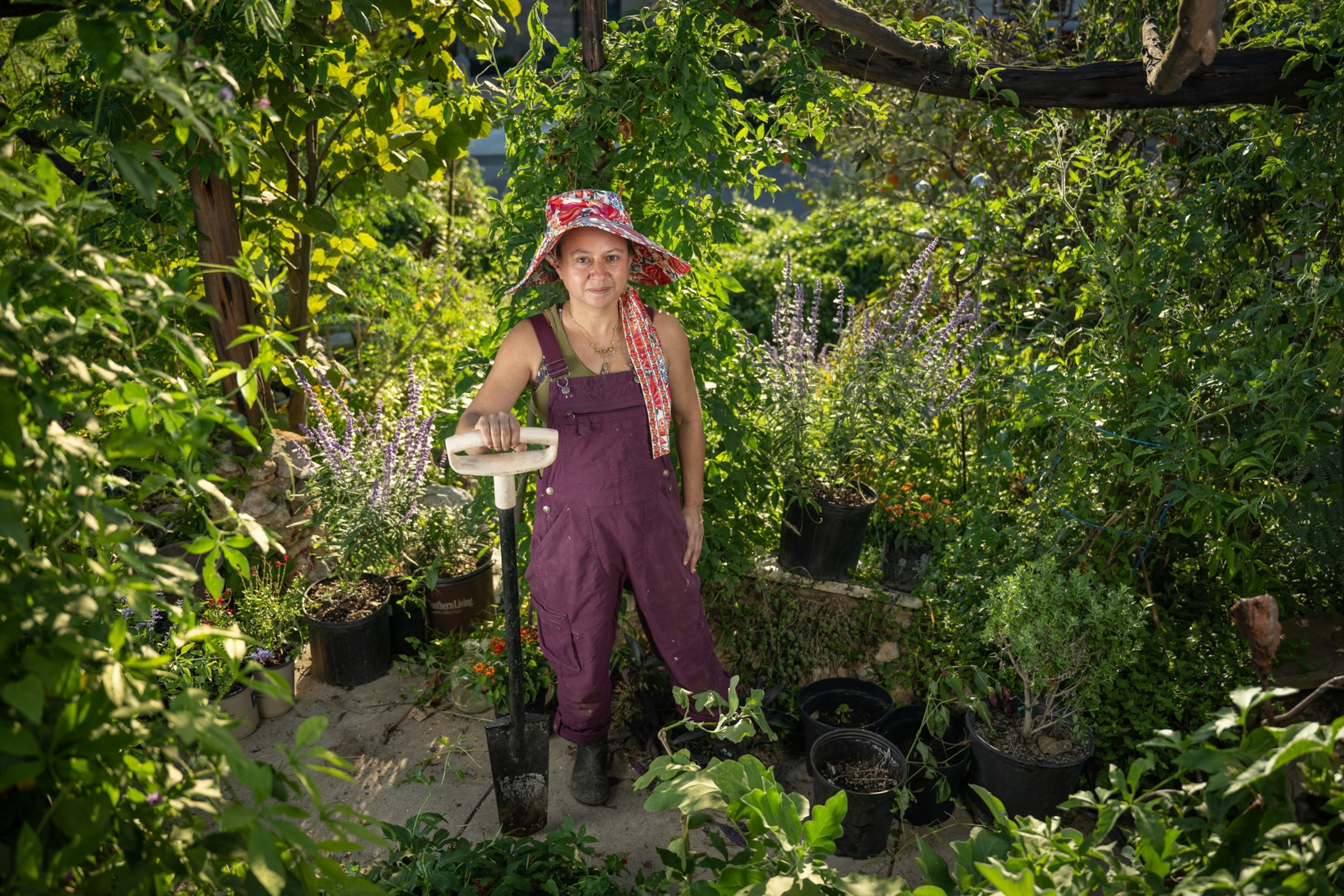
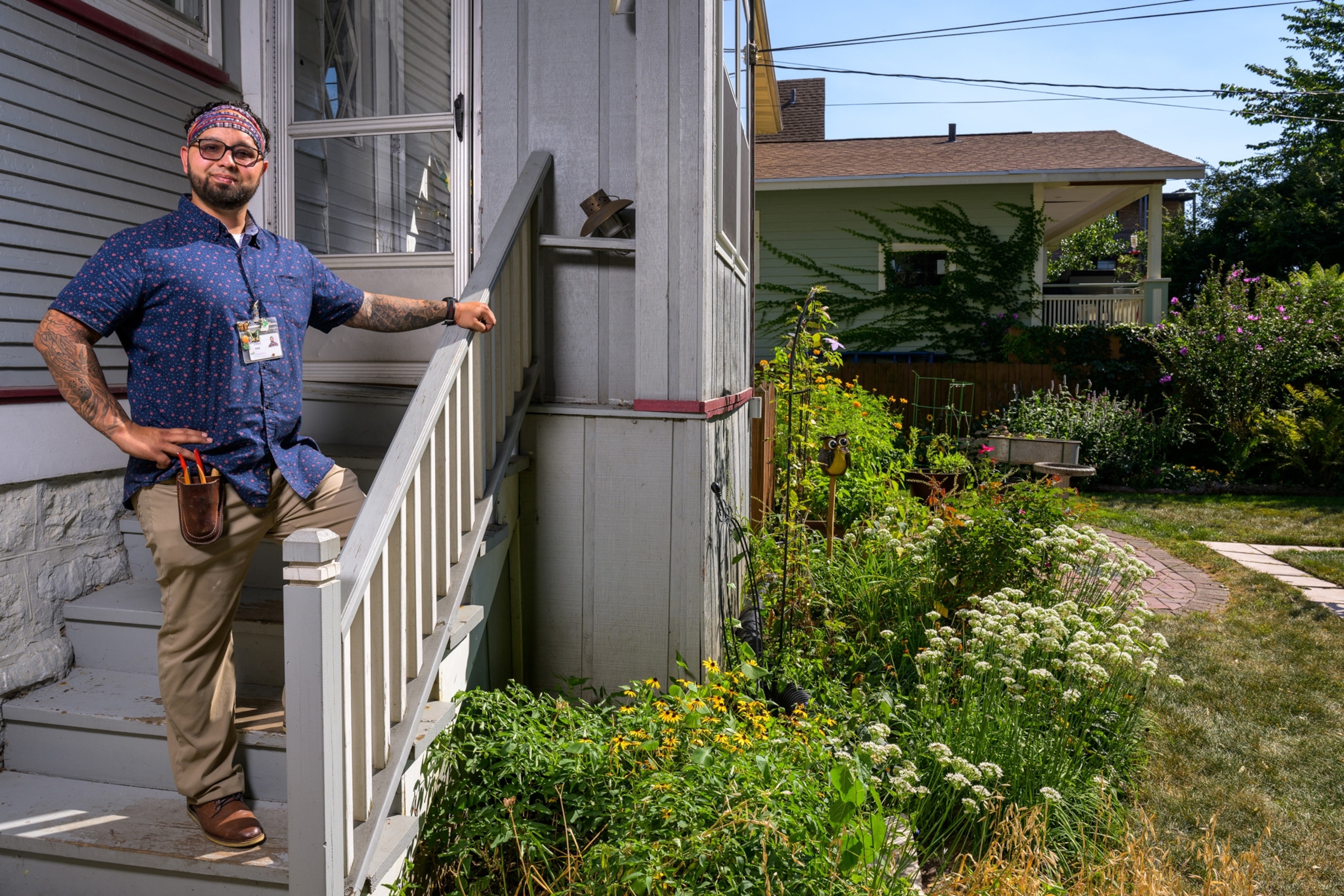
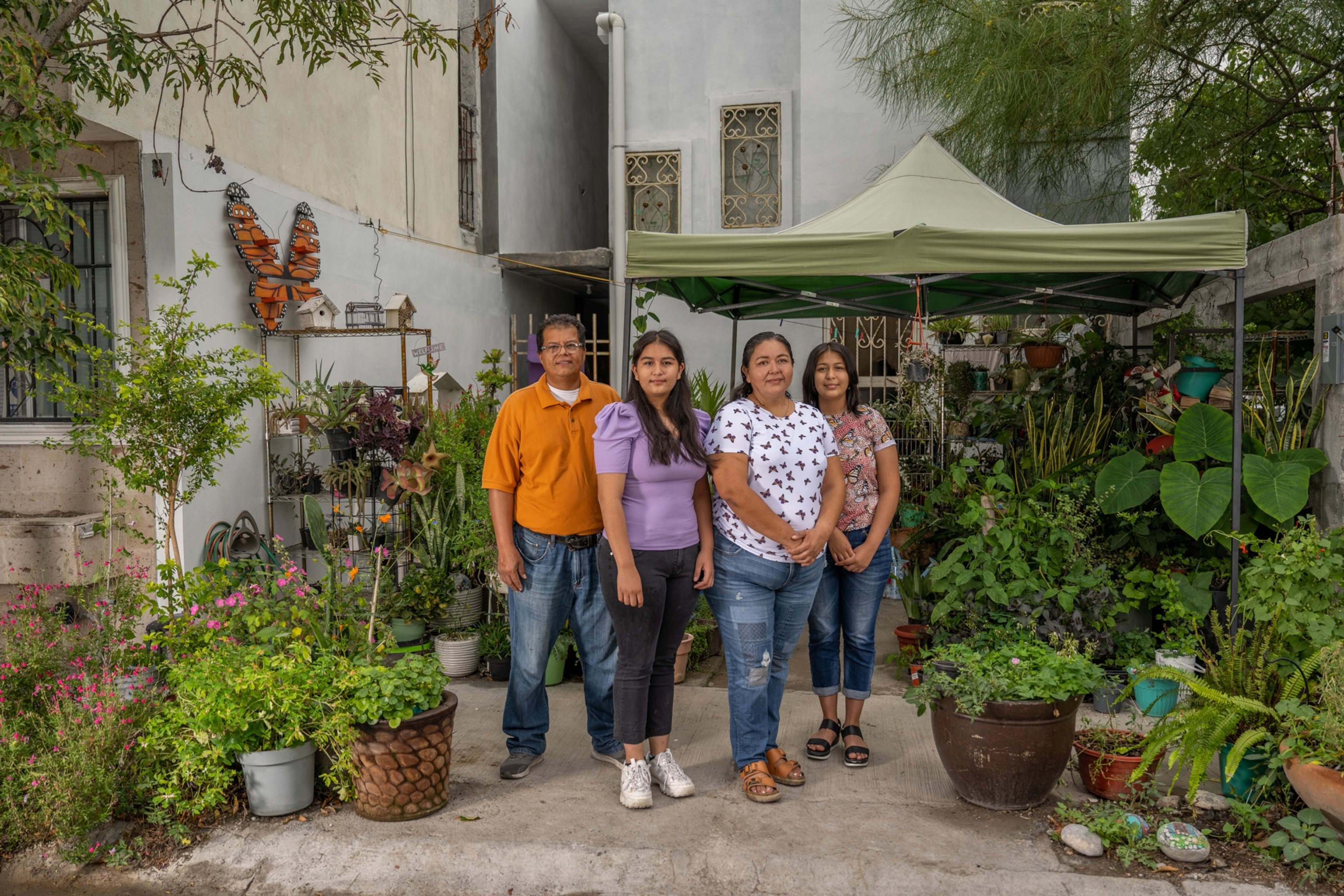
Gardens are good for you
Research suggests that time spent outdoors with plants and animals, including those in your own backyard, can lower blood pressure, raise energy levels, and improve relationships. Native gardens can also have educational benefits, connecting kids with local species they may not encounter elsewhere—and allowing them to witness the wonders of metamorphosis.
Karen Oberhauser, the director of the University of Wisconsin Arboretum and the founder of the Monarch Larva Monitoring Project, advises against rearing monarchs in captivity on a large scale or for more than a single generation, since captivity may disrupt the development of their navigational abilities and, over time, can alter their genetic makeup.
(Can monarchs adapt to a rapidly changing world?)
But if and when monarchs lay eggs on the milkweeds in your garden, Oberhauser says, there’s nothing wrong with capturing a caterpillar or two in aerated containers, supplying them with plenty of milkweed leaves, and bringing them inside to watch their transformation into butterflies.
Though gardening with native plants is more popular than it used to be, some gardeners still encounter criticism from neighbors accustomed to manicured lawns. Tallamy suggested that those facing hostility nod to local standards by maintaining some areas of lawn amid their native plantings, and making sure that growing plants don’t obstruct shared sightlines or pathways. While it’s also possible to confine native gardens to the backyard, Tallamy said, visible native plantings play an important role in shifting public opinion.
Nelson’s neighbors are largely supportive of her garden, but they haven’t yet followed her lead. On her quiet street, every yard in sight is covered with sod, most of it browning in the summer drought. Not long ago, however, two cyclists paused on her curb to tell her that they often stopped to admire her garden. In fact, one said, her yard had inspired him to overhaul his own.
An Explorer since 2020, Jaime Rojo is a photographer from Spain who specializes in stories about wilderness, wildlife, and people. Ultimately, he hopes his work can inspire the creation of new protected areas. A Senior Fellow of the International League of Conservation Photographers, he has been given honors in competitions including the World Press Photo Contest and Wildlife Photographer of the Year.
A version of this story appears in the January 2024 issue of National Geographic magazine.


